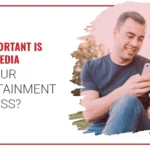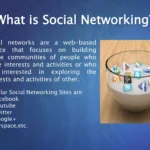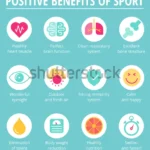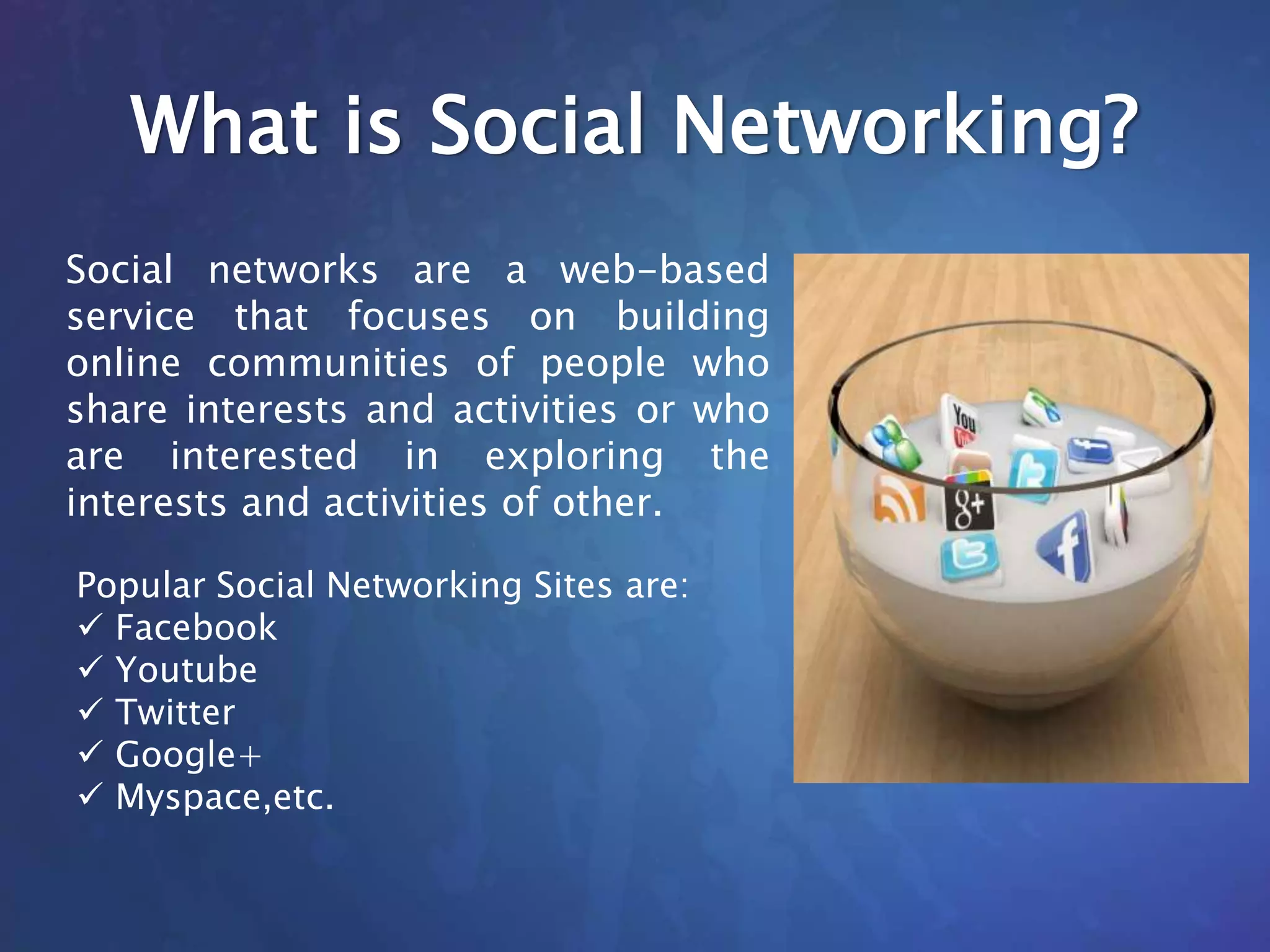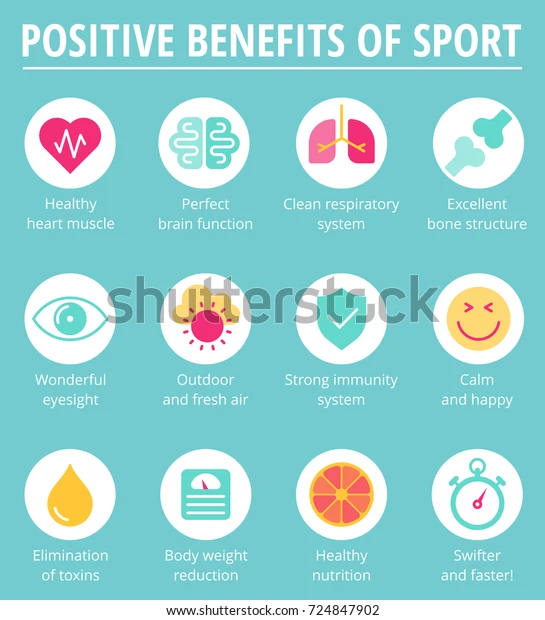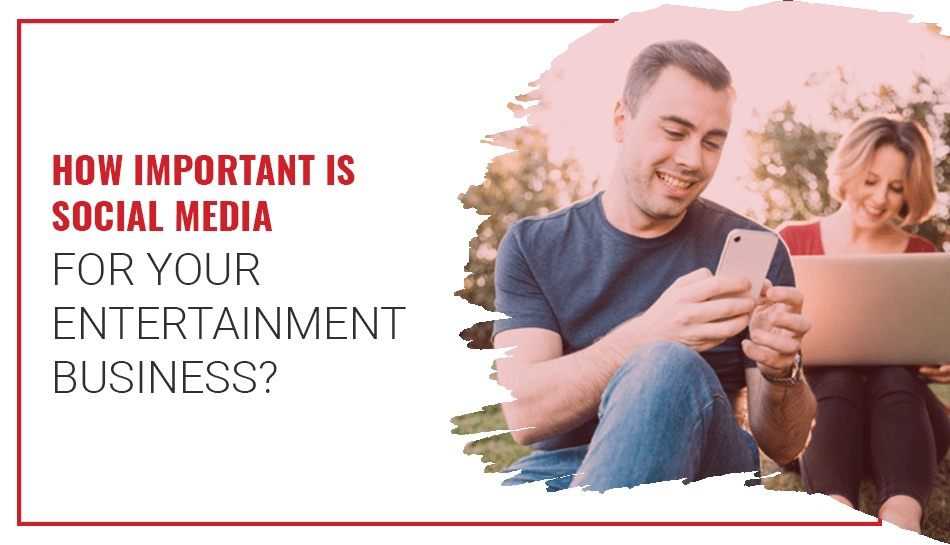
The Benefits of Social Networking and Taking Comments in Cinema and Entertainment
In the digital age, cinema and entertainment no longer operate in a vacuum. The rise of social networking platforms—such as Twitter (X), Facebook, Instagram, YouTube, TikTok, and Reddit—has fundamentally changed how films and shows are produced, marketed, consumed, and evaluated. One of the most notable changes is the widespread practice of audience commentary—people freely sharing their thoughts, critiques, praises, and emotions online.
This article explores the many benefits of social networking and the practice of encouraging public feedback and commentary in the world of cinema and entertainment. Far from being a nuisance or distraction, audience interaction has become a vital element in building vibrant entertainment ecosystems.
1. Enhanced Marketing Reach and Efficiency
a. Word-of-Mouth Amplified
Social networking platforms serve as modern word-of-mouth tools. When users comment on a new film or series, they inadvertently promote it within their networks. One person’s opinion, meme, or short video review can reach thousands—or even millions—instantly. In marketing terms, this is organic reach that is cost-effective and highly targeted.
For instance, when a trailer drops and fans react enthusiastically on Twitter or TikTok, studios gain free publicity. These comments act as endorsements, helping undecided audiences choose to watch the film.
b. Virality and Trends
Social networks can turn specific films or moments into global viral trends. A funny scene, a catchy line, or an unexpected twist may become a meme, leading more people to watch the content just to “be in on it.” Studios now create trailers and scenes specifically designed to go viral, boosting their chances of success.
Example: Netflix’s hit series Wednesday went viral largely due to the TikTok dance challenge, sparking millions of videos and making the show a massive global hit.
2. Improved Audience Engagement and Loyalty
a. Real-Time Interaction
Social media enables real-time interaction between fans and content creators. Audiences can follow directors, actors, and studios directly, ask questions, and feel more involved in the filmmaking process. This sense of connection builds emotional investment and loyalty.
Example: Marvel Studios often teases scenes or posts behind-the-scenes content on Instagram and X, which keeps fans talking and engaged even between movie releases.
b. Building Fan Communities
Online commentary encourages fan communities to form. These communities—on Reddit, Discord, YouTube comment sections, and Twitter threads—offer spaces where fans analyze content, develop theories, create fan art, and bond over shared interests. These communities often keep interest in a franchise alive years after its release.
Such communities are beneficial to the industry because they:
- Create a loyal fanbase that supports future releases
- Sustain conversations around content over time
- Generate user-generated content (UGC) that doubles as free marketing
3. Valuable Feedback and Insights for Creators
a. Audience Opinions Help Improve Content
Social media comments serve as a real-time feedback mechanism. Creators and producers can monitor how audiences react to specific scenes, storylines, characters, or casting choices. This feedback helps them:
- Understand what audiences love or dislike
- Fix issues in sequels or future episodes
- Make more inclusive and relatable content
For example, backlash over lack of diversity in some films has led studios to embrace more inclusive casting and storytelling in future projects.
b. Data-Driven Decisions
Beyond simple opinions, analytics tools can track sentiment, engagement, view counts, and comment frequency. These metrics offer concrete data on:
- Which scenes resonate most
- When interest peaks or drops
- What kind of characters or genres are trending
Platforms like YouTube and TikTok offer creators dashboard tools to interpret this feedback quantitatively.
4. Boosting Global Exposure and Accessibility
a. Social Media Bridges Global Audiences
Social networking removes geographical boundaries. A film made in India or Korea can become a sensation in the U.S., Brazil, or Egypt due to online buzz. Social comments, memes, and reaction videos often go viral globally, leading to cross-cultural appreciation and exposure.
Example: Squid Game (a Korean Netflix series) became a global phenomenon largely due to online discussions, subtitled clips, and meme culture.
b. Subtitles, Dubbing, and Localization
Online commentary often brings up the need for better translations, subtitles, and localization. As a result, streaming platforms invest more in multilingual options, making content more accessible to global audiences. This helps promote cultural exchange and diversity in entertainment.
5. Creating Opportunities for New Talent
a. Discovering Influencers and Content Creators
Many social media influencers began as fans commenting on films or reviewing them online. Now, some of them collaborate directly with studios or get invited to premieres and press junkets.
These influencers:
- Expand a film’s audience by promoting it to their followers
- Offer authentic, peer-level opinions
- Can turn unknown titles into sleeper hits through viral posts
b. Rising Talent Through Online Buzz
Actors, directors, or independent filmmakers can gain massive followings from viral short films or creative content posted online. This democratizes the entertainment industry, allowing undiscovered talent to get noticed without needing big budgets.
6. Fostering Representation and Social Change
a. Holding Studios Accountable
Public commentary holds power. Social networks allow marginalized voices to call out problems such as:
- Stereotypical portrayals
- Gender bias
- Whitewashing
- Homophobia, racism, ableism
Studios now know that ignoring these concerns risks serious backlash. Audiences use hashtags, viral threads, and online petitions to demand better representation.
Examples:
- The #OscarsSoWhite movement pushed the Academy to make diversity reforms.
- Criticism over lack of LGBTQ+ characters in mainstream media has led to more inclusive storytelling.
b. Promoting Stories from Underrepresented Communities
Positive online commentary about diverse films can lead to greater visibility and financial success for such projects. Word-of-mouth via social networks helps:
- Increase box office success for indie or diverse films
- Prove there’s demand for non-mainstream stories
- Encourage funding and production of similar content
7. Driving Innovation in Storytelling and Format
a. Feedback Inspires New Content Ideas
Audience comments often include suggestions, theories, and ideas that creators take seriously. Some fan theories are so compelling that writers incorporate them into sequels or spin-offs. Comments help creators:
- Spot narrative gaps or inconsistencies
- Understand what characters fans are attached to
- Experiment with different genres or formats
b. Short-form and Interactive Content
Thanks to platforms like TikTok and Instagram Reels, short-form storytelling has gained traction. Creators now:
- Release teasers or side stories in short clips
- Engage audiences with polls or quizzes
- Create choose-your-own-adventure narratives via interactive tools
These new formats would not have emerged without audience demand and commentary.
8. Building Anticipation and Hype
a. Trailer Reactions and Reviews
Trailer drops are now global events. Studios rely on reaction videos and comment threads to:
- Gauge audience excitement
- Identify which scenes spark most interest
- Build anticipation through countdowns and speculation
YouTube, in particular, has made trailer reactions a professional niche. Channels with millions of followers post real-time commentary that helps promote the film organically.
b. Fan Theories and Speculation
Theorizing has become a major part of entertainment culture. Online forums and Twitter threads are full of:
- Predictions for upcoming plot twists
- Analysis of Easter eggs
- Fan-made timelines or crossover theories
This type of commentary keeps audiences engaged between releases and encourages rewatching and deeper analysis.
9. Audience Empowerment and Emotional Catharsis
a. Sharing Emotional Responses
Commenting online allows viewers to share personal reflections, emotional reactions, and cathartic experiences. When people laugh, cry, or feel seen by a film or show, social media offers a place to share that experience.
This emotional sharing:
- Builds solidarity
- Encourages empathy
- Normalizes diverse experiences
For example, audiences discussing mental health themes in films (e.g., Joker, Inside Out) create safe spaces for conversations about well-being.
b. Empowering Consumer Voice
Audience comments directly influence studio behavior. Negative reception can lead to:
- Directors addressing plot holes
- Studios changing marketing strategies
- Distributors reconsidering release dates
Example: After criticism of Sonic the Hedgehog’s original design, the creators delayed the release and redesigned the character entirely—based on online feedback.
10. Encouraging Accountability and Transparency
a. Reviews Hold Power
Today, viewers don’t wait for newspapers or critics. They check Rotten Tomatoes user scores, YouTube reviews, Reddit threads, and Twitter impressions. Studios know that if the public doesn’t like the movie, that feedback will spread quickly.
This encourages:
- Higher quality standards
- Transparent storytelling
- Avoidance of deceptive marketing
b. Fighting Misinformation and Bias
When misleading trailers, offensive scenes, or
